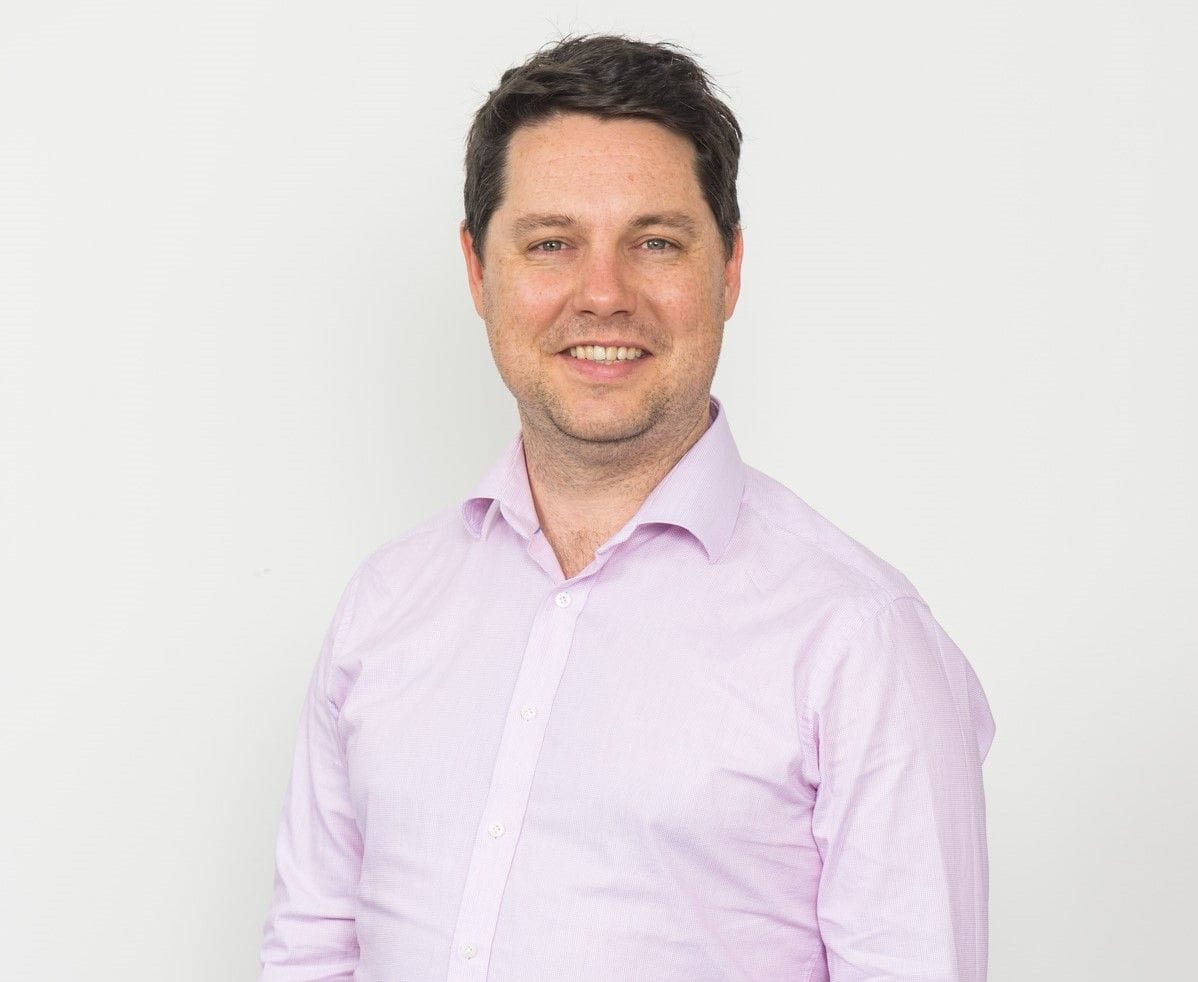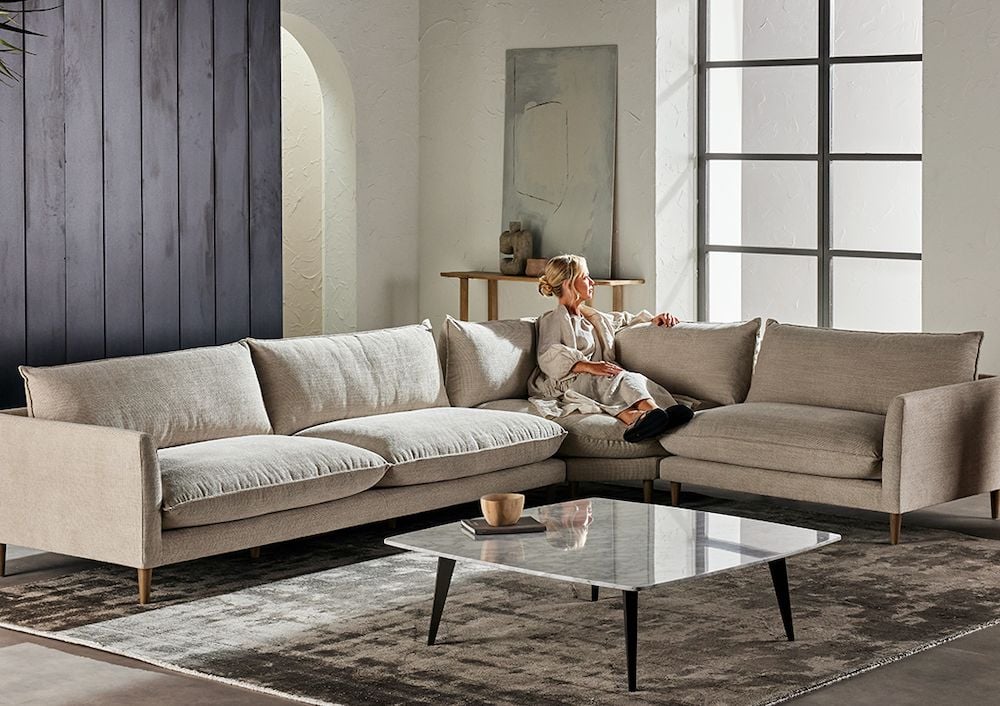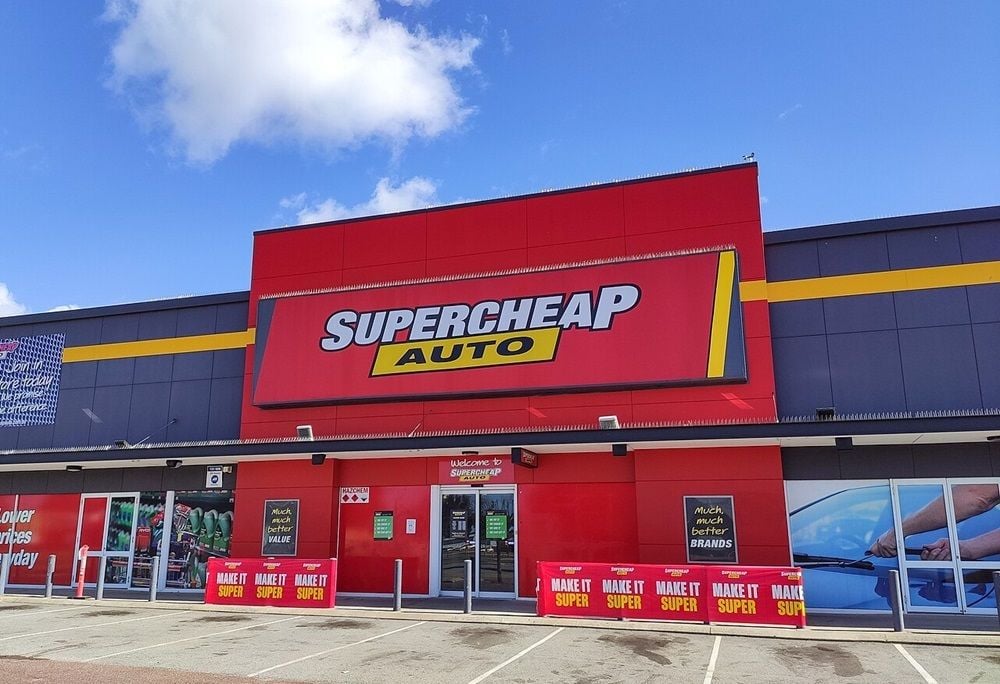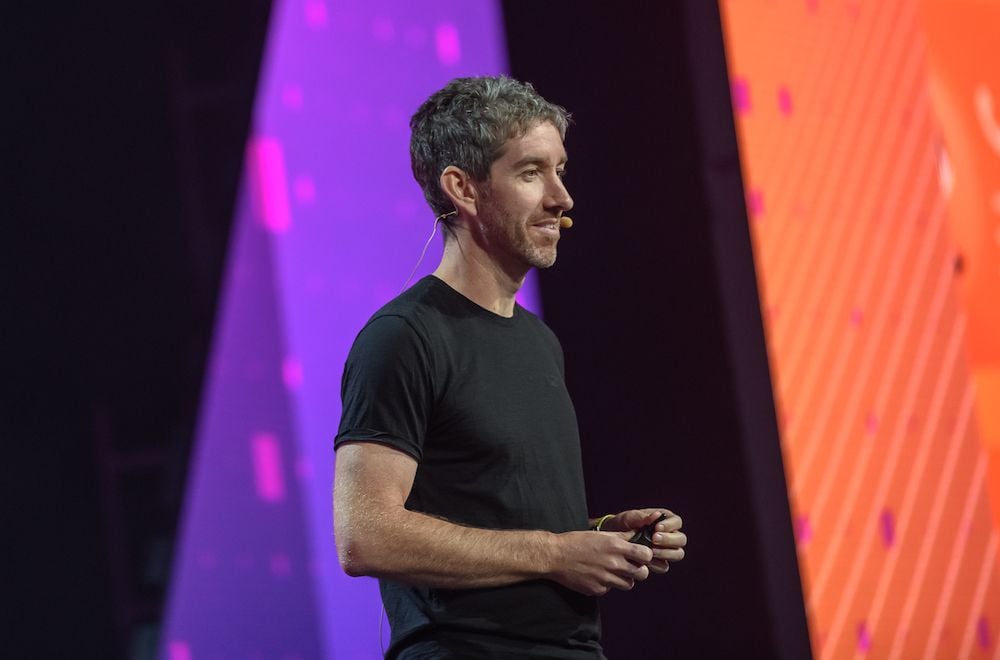The space industry has launched an average of about 100 satellites a year over the past five decades, but when something goes wrong, Australia’s HEO Robotics wants to have eyes on it.
HEO Robotics, initially founded in 2016 by William Crowe and Hiranya Jayakody to look for errant asteroids, is a satellite-to-satellite image company which is said to offer this world-first commercial service to the burgeoning space sector.
But over the past seven years the company has carved out a niche tackling some of the risks that stem from the space industry's stellar growth.
According to Crowe, the CEO of HEO Robotics, the Software as a Service (SaaS) business model has been turning heads among some of the world’s space companies by helping them utilise their satellite downtime while delivering on the broader mission of making space safer for everyone.
“We try and partner with as many companies as we can because there is a lot of underutilised infrastructure in space,” Crowe says.
“If we can have cameras on that infrastructure and use it, to take images and look after other assets and infrastructure, that’s a good thing and helps make the industry more efficient.”

Over the past 50 years, satellites used for commercial, environmental or weather forecasting purposes, or for military surveillance, have largely focused their attention on the Earth’s surface.
“There are heaps of cameras in space today that look at the surface to try to understand what is happening,” Crowe says.
“What we’re doing at HEO Robotics is turning these cameras around to other spacecraft or space debris and taking photos of them. It’s not quite as easy as looking to the Earth’s surface. Instead of having a stationary object to take a photo of, we have something zipping around at extreme high speeds with a relative velocity of 15km a second sometimes.”
HEO Robotics has developed the science to take photos of satellites at these speeds and to interpret what it sees.
“We have all the mathematics and precision right to take these photos and really get them to tell a story about the satellite we are looking at, to understand when something is wrong or if everything is right as well,” Crowe says.
HEO Robotics partners with space companies in two ways, by either placing its cameras on a third-party satellite or by providing the software that gives a satellite operator the flexibility of having a camera that captures surface images while being able to turn its focus on other satellites in orbit when needed.
“Over the ocean, over clouds and over the night-time on Earth, satellites actually don’t do anything, so we use them during those times by turning them around and looking at other things that are whizzing past,” Crowe says. “That’s all done via software and that means the owners of those cameras can get a lot more revenue from their assets.”
HEO Robotics was founded by Crowe and Jayakody when they were both undertaking PhDs at the University of Sydney, with Crowe specialising in astrodynamics and Jayakody in robotics. The partners’ original idea for the company was to track asteroids.
“But what we found pretty quickly was that there was a larger business looking at all sorts of objects in space,” Crowe says. “It’s an area that didn’t have much attention on it when we set out.”
Since then, Crowe says it has been a process of discovery that has revealed several opportunities for the company to explore.
“Even the unused time on these spacecraft with cameras was new to us. Finding that out, helping satellite operators improve the software, then training them on where to point their cameras at certain times and providing that revenue has been a whole process that’s proved invaluable.”
While the potential of satellites to become space junk is an enduring problem for the space industry, HEO Robotics is aiming to stem the tide.
“We prefer to look at live spacecraft, so they don’t turn into junk,” Crowe says.
Last year, a significant piece of space junk said to be from a SpaceX launch landed in Dalgety, a rural area of southern NSW near Jindabyne, highlighting the potential risk to people and infrastructure from space junk.
“This stuff comes in with a lot of energy and some of the pieces (in the Dalgety incident) jack-knifed into the ground,” Crowe says.
“Tracking this junk before it enters the earth’s atmosphere is really important so we can try to predict better where it will land, what sort of damage it can cause and if should we get people out of the way.”
While HEO Robotics has partnered with Australian startups, such as Adelaide’s Space Machines Company, the company is heavily focused on international partnerships that have included Japan’s Axelspace and US-Argentinian company Satellogic. The latter two currently have cameras in space and are looking to gain additional utility from them by using the HEO Robotics software.
The company is also forging partnerships in South Korea and the US, with further plans to partner with European space enterprises.
HEO Robotics currently has close to 50 users across 15 customers using its SaaS platform and while it appears to be a small user base, Crowe notes that it is a high value base per customer.
“We actually have a pretty massive customer base compared with other space companies, including our work with the UK, US and Australian governments as well as a handful of private companies,” he says.
HEO Robotics’ main product is called HEO Inspect, a SaaS platform that allows users to log in and track their satellites while securing image updates and any other relevant information on the satellite.
“If something is going amiss with their satellite, then they’ll know about that,” Crowe says.
Surprisingly, HEO Robotics has been able to achieve stellar growth in its business after a single capital raising, a modest seed round totalling US$2 million ($3 million).
“To get to the point where we are most companies will have raised $20 million to $30 million, but it’s been a combination of the skill of our team and our customers leaning in that’s allowed us to accelerate past a lot of other companies,” Crowe says.
HEO Robotics will need to scale up as its customer base grows and Crowe is confident this can still be done while maintaining an Australian manufacturing base.
“Our cameras are manufactured locally in Canberra and Sydney; everything except the microchips are manufactured in Australia,” he says.
“A big part of the story for our hardware is that the Australian Government sees building hardware domestically as a core objective. As we begin to scale, that could be part of the story and we’re eager to see what comes out of the government over the next few months.”
HEO Robotics sees further growth ahead for its business and for the local space sector generally. It’s an industry that Crowe describes as innately collaborative at a local and international level.
“The market is learning from what we do and what we have pioneered,” Crowe says.
“The more we put out there, the more customers come to us and start engaging.
“There are lots of problems in space and it’s a difficult place to solve them when they occur, so any additional information our customers can get really helps them move their businesses forward.”
Get our daily business news
Sign up to our free email news updates.

)
)
)
)
)
)

